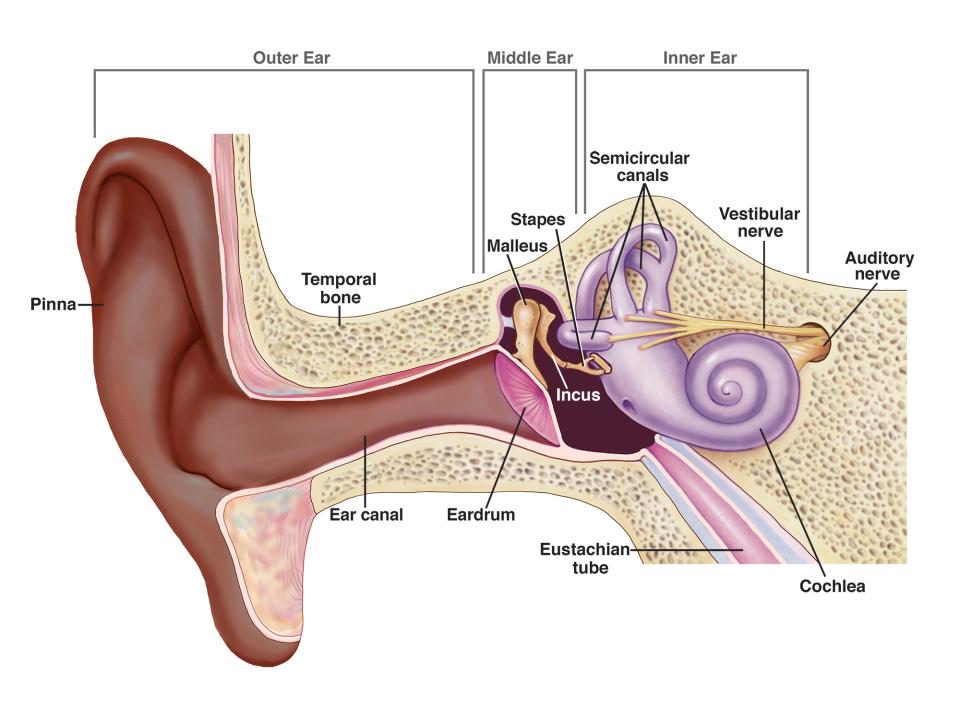How Hearing Works

Hearing is one of the most important senses that we have, allowing us to communicate with others and appreciate the world around us. But how does hearing actually work? In this article, we'll explore the anatomy and physiology of the ear and how it processes sound to give us the gift of hearing.
The ear is divided into three main parts: the outer ear, the middle ear and the inner ear. The outer ear, which is made up of the pinna and ear canal, collects sound waves and funnels them into the middle ear. The middle ear, which is made up of the eardrum and three tiny bones called the ossicles (the malleus, incus and stapes), amplifies the sound waves and send them to the inner ear.
The inner ear also called the cochlea, is where sound is actually transformed into electrical signals that the brain can understand. The cochlea is a spiral-shaped organ filled with fluid and it's lined with tiny hair cells that move in response to sound waves. These hair cells generate electrical signals that are sent to the auditory nerve, which then sends them to the brain.

Source: NIH/NIDCD
The brain is responsible for interpreting electrical signals as sound. This process happens quickly and seamlessly, allowing us to hear and understand speech, music and other sounds.
Hearing loss can occur due to a variety of factors, such as exposure to loud noise, aging and certain medical conditions. If you suspect you have hearing loss, it's important to visit an audiologist, who is a specialist in assessing, diagnosing and treating hearing disorders. They will conduct a hearing test and may recommend a hearing aid or other treatment options to help improve your hearing.
In conclusion, hearing is a complex process that involves the ears, the brain and the auditory nerve. It's essential to take care of our ears and to seek professional help if you suspect you have hearing loss. Keeping our ears healthy and protecting them from excessive noise and other damage, it is important for preserving our ability to hear and for enjoying the full range of sounds that the world has to offer.




















